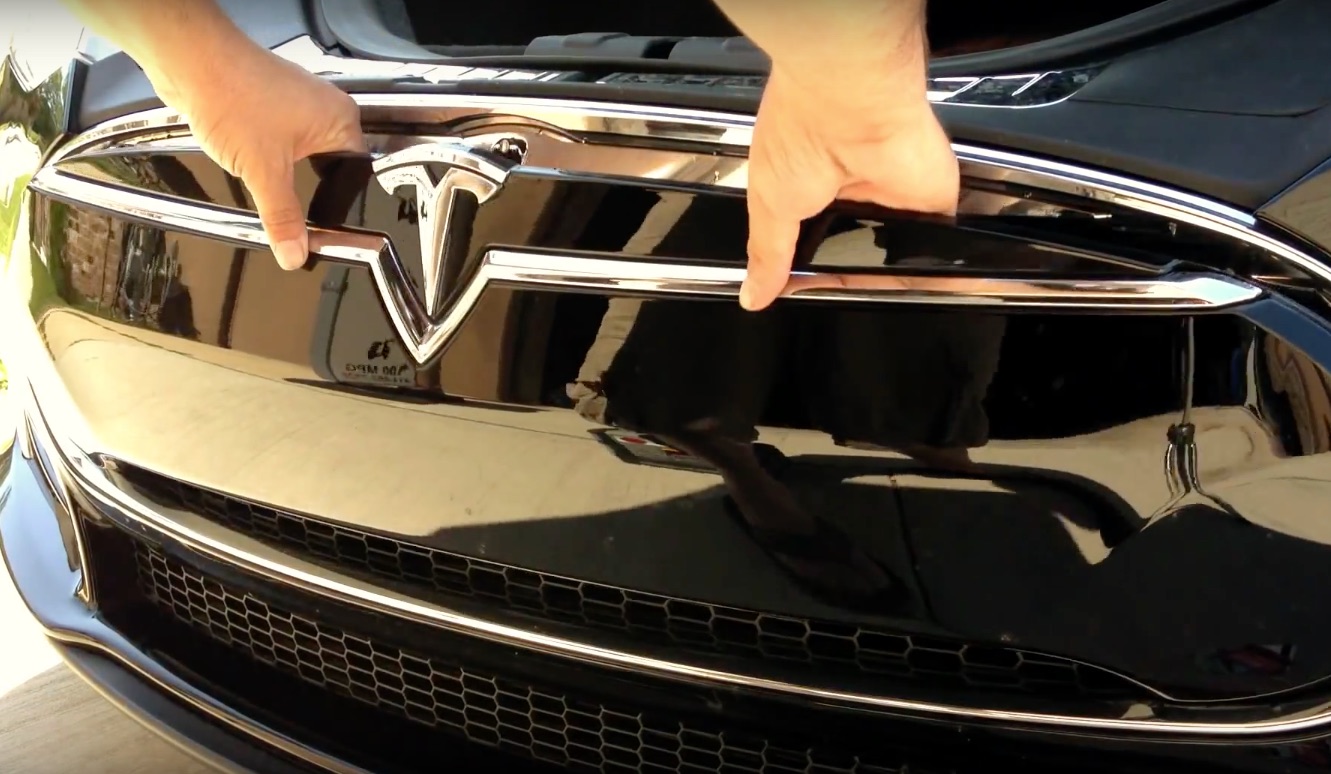

News
Why Tesla’s lead acid 12V battery needs to be lithium-ion based
It’s a prominent issue surrounding the electric vehicle market that the old-school lead acid battery just isn’t appropriate for new technology vehicles. Many users of electric vehicles, especially Tesla owners, have cited concerns with the poor performance of their 12V or low-voltage battery, oftentimes requiring annual replacement.
In contrast, a lead acid battery in a traditional internal combustion engine (ICE) vehicle generally has a 4 year life-cycle, but why?
RELATED: Tesla Model S 12V Lithium-Ion battery replacement (up to 70% lighter, 4x life)
First off, some of the most important factors to consider in longevity of a battery are “cycle-life”, environmental conditions, discharge/charge rates and calendar-life; cycle-life is how many times the battery can be drained and recharged in its life. Environmental conditions include temperature and humidity. Discharge/charge rates are the amperages going out of and into the battery respectively.
There are two major differences between the way an ICE vehicle uses its 12V battery and the way an EV uses its 12V battery:
“OFF” state discharge and cycling frequency
ICE Vehicle: generally has a very low 12V load while the vehicle is in the “off” state, often this load doesn’t exceed a few watts and doesn’t present a major challenge for the 12V battery to maintain.
Electric Vehicle: The 12V load while in the off-state is often much higher due to advanced computer systems that are running to maintain the high-voltage battery, keep vehicle “connected” (all EV have some remote access features), maintain charging and BMS (Battery Management System) communications, etc. In fact a Tesla Model S/X puts about 50 Watts of load on the 12V system when the vehicle is in the “off” state. 50 Watts equals about 4.5 Amps of discharge on the 12V battery, this drains the battery down relatively rapidly and requires the 12V battery be “recharged” by the high-voltage battery regularly, this usage pattern results in many cycles being placed on the battery.
“ON” state utilization and purpose
ICE Vehicle: The 12V battery is used to initiate the ICE (start the car) and is designed for putting out large amounts of current to accommodate this process. Once an ICE vehicle is in the “on” state, it relies on an alternator to power all of the 12V sub-systems and also maintain the voltage of the 12V battery.
Electric Vehicle: The 12V is subjected to (practically) no additional load while the vehicle is being turned “on”, and although most vehicles are designed with DC/DC converters (which act as alternators) it is often an engineering design choice to reduce load on the DC/DC converter by minimizing the frequency with which it is utilized. This also extends the driving range of the vehicle because none of the precious high-voltage battery capacity is being shunted to non-driving tasks. Due to this usage profile the 12V battery is subjected to relatively low discharge and recharge currents.
When you combine the high number of cycles and the low current requirements of the electric vehicle 12V battery system you arrive at a completely different battery need than that of an ICE vehicle. Lead Acid batteries are very good at high discharge and low cycle count life-styles, this is their bread and butter and this is where they last a long time and provide the most bang for the buck (cheap cost and decent product life-cycle), but they aren’t lasting in electric vehicles.
The electric vehicle 12V battery system is one that is best suited by a battery capable of tremendous cycle-life as the main design goal. The battery chemistry that suits this usage scenario best? Lithium! Lithium battery technology is specifically very good at being cycled many times and continuing to provide minimal capacity loss and degradation. This, along with reduced weight, is why these batteries are used for the high-voltage battery packs, cell-phones, laptops, medical equipment and cars where batteries are being cycled frequently and longevity is important.
Editor’s note: This post was submitted into our network by Tesla Model S owner Sean Scherer. Having suffered an unfortunate incident in his Model S that left him stranded because of a faulty 12V battery, Sherer began on a mission to create a lithium-ion based 12V battery solution that was not only more reliable than the traditional lead acid battery, but better suited for the demands of a Tesla Model S, Model X, and electric vehicles in general. He began BattMobile Batteries, who have made it their mission to improve adoption of electric vehicles by solving some of the small details that has been missed by EV manufacturers.
We’ve also included a video tutorial on how to replace the Model S 12V battery.
Elon Musk
Tesla investors will be shocked by Jim Cramer’s latest assessment
Jim Cramer is now speaking positively about Tesla, especially in terms of its Robotaxi performance and its perception as a company.
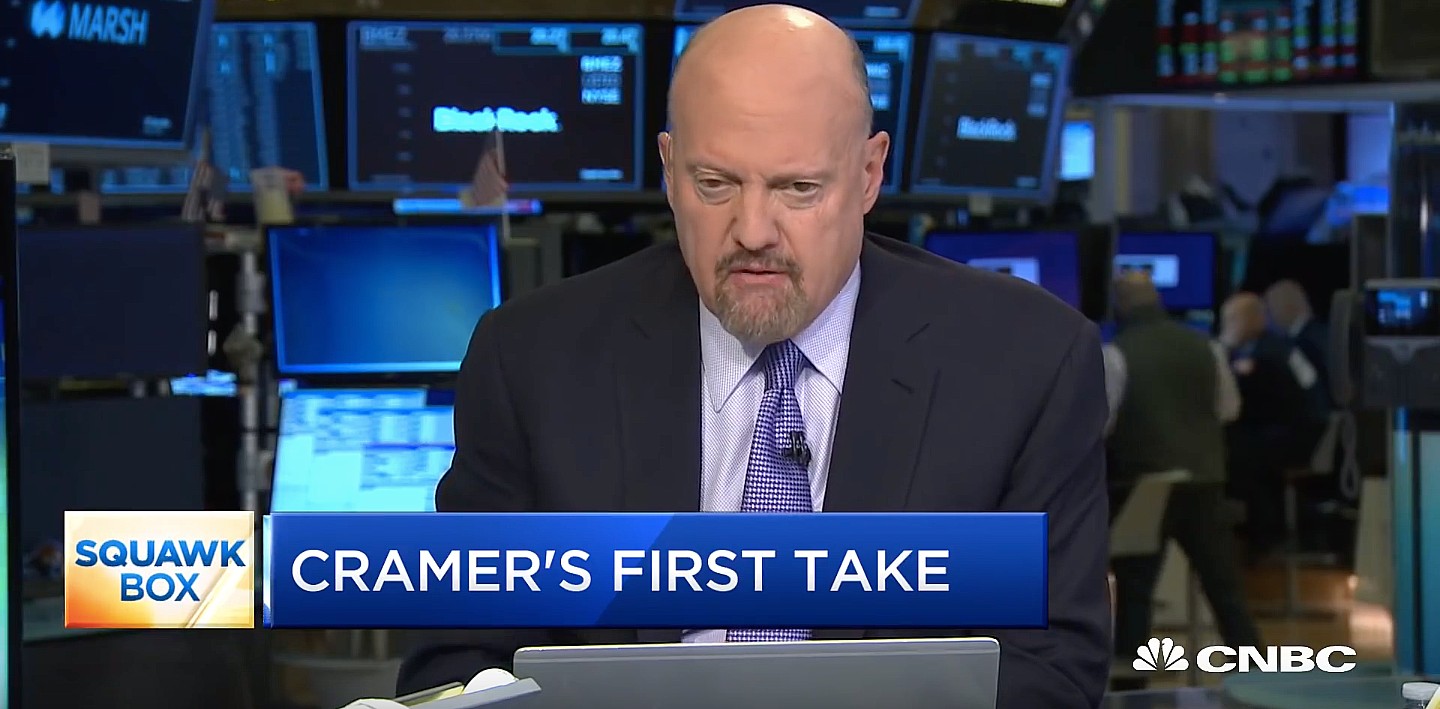
Tesla investors will be shocked by analyst Jim Cramer’s latest assessment of the company.
When it comes to Tesla analysts, many of them are consistent. The bulls usually stay the bulls, and the bears usually stay the bears. The notable analysts on each side are Dan Ives and Adam Jonas for the bulls, and Gordon Johnson for the bears.
Jim Cramer is one analyst who does not necessarily fit this mold. Cramer, who hosts CNBC’s Mad Money, has switched his opinion on Tesla stock (NASDAQ: TSLA) many times.
He has been bullish, like he was when he said the stock was a “sleeping giant” two years ago, and he has been bearish, like he was when he said there was “nothing magnificent” about the company just a few months ago.
Now, he is back to being a bull.
Cramer’s comments were related to two key points: how NVIDIA CEO Jensen Huang describes Tesla after working closely with the Company through their transactions, and how it is not a car company, as well as the recent launch of the Robotaxi fleet.
Jensen Huang’s Tesla Narrative
Cramer says that the narrative on quarterly and annual deliveries is overblown, and those who continue to worry about Tesla’s performance on that metric are misled.
“It’s not a car company,” he said.
He went on to say that people like Huang speak highly of Tesla, and that should be enough to deter any true skepticism:
“I believe what Musk says cause Musk is working with Jensen and Jensen’s telling me what’s happening on the other side is pretty amazing.”
Tesla self-driving development gets huge compliment from NVIDIA CEO
Robotaxi Launch
Many media outlets are being extremely negative regarding the early rollout of Tesla’s Robotaxi platform in Austin, Texas.
There have been a handful of small issues, but nothing significant. Cramer says that humans make mistakes in vehicles too, yet, when Tesla’s test phase of the Robotaxi does it, it’s front page news and needs to be magnified.
He said:
“Look, I mean, drivers make mistakes all the time. Why should we hold Tesla to a standard where there can be no mistakes?”
It’s refreshing to hear Cramer speak logically about the Robotaxi fleet, as Tesla has taken every measure to ensure there are no mishaps. There are safety monitors in the passenger seat, and the area of travel is limited, confined to a small number of people.
Tesla is still improving and hopes to remove teleoperators and safety monitors slowly, as CEO Elon Musk said more freedom could be granted within one or two months.
News
Tesla launches ultra-fast V4 Superchargers in China for the first time
Tesla has V4 Superchargers rolling out in China for the first time.
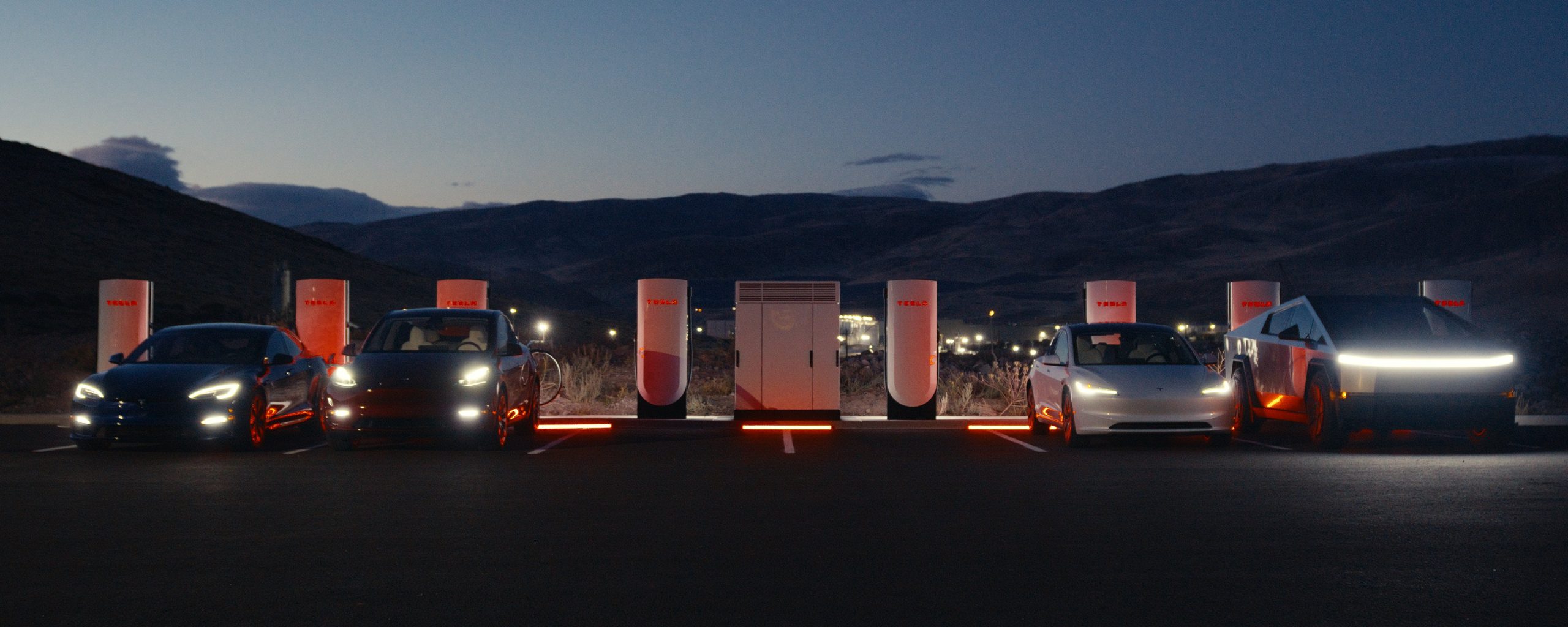
Tesla already has nearly 12,000 Supercharger piles across mainland China. However, the company just initiated the rollout of the ultra-fast V4 Superchargers in China for the first time, bringing its quick-charging piles to the country for the first time since their launch last year.
The first batch of V4 Superchargers is now officially up and running in China, the company announced in a post on Chinese social media outlet Weibo today.
The company said in the post:
“The first batch of Tesla V4 Superchargers are online. Covering more service areas, high-speed charging is more convenient, and six-layer powerful protection such as rain and waterproof makes charging very safe. Simultaneously open to non-Tesla vehicles, and other brands of vehicles can also be charged. There are more than 70,000 Tesla Superchargers worldwide. The charging network layout covers 100% of the provincial capitals and municipalities in mainland China. More V4 Superchargers will be put into use across the country. Optimize the charging experience and improve energy replenishment efficiency. Tesla will accompany you to the mountains, rivers, lakes, and seas with pure electricity!”
The first V4 Superchargers Tesla installed in China are available in four cities across the country: Shanghai, Zhejiang, Gansu, and Chongqing.
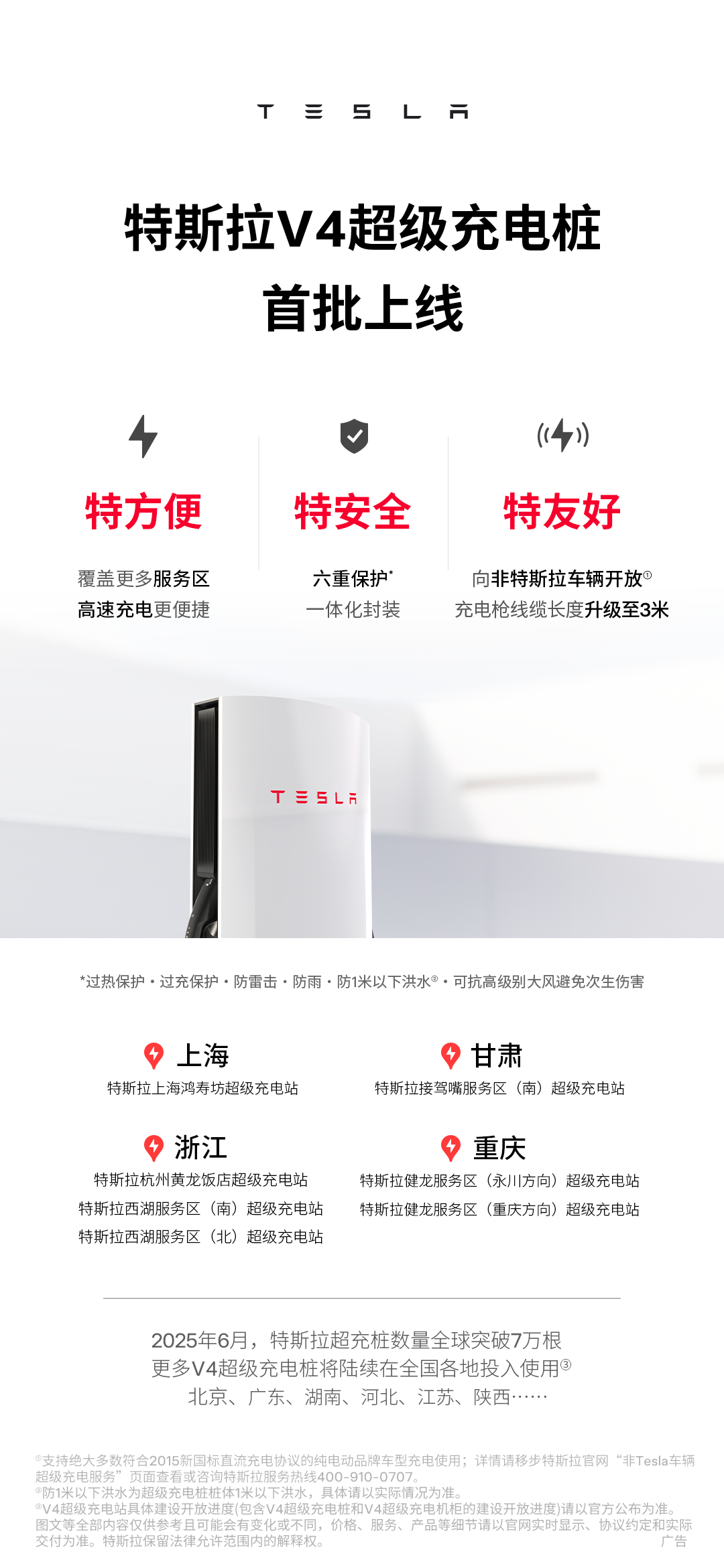
Credit: Tesla China
Tesla has over 70,000 Superchargers worldwide. It is the most expansive and robust EV charging network in the world. It’s the main reason why so many companies have chosen to adopt Tesla’s charging connector in North America and Europe.
In China, some EVs can use Tesla Superchargers as well.
The V4 Supercharger is capable of charging vehicles at speeds of up to 325kW for vehicles in North America. This equates to over 1,000 miles per hour of charging.
Elon Musk
Elon Musk hints at when Tesla could reduce Safety Monitors from Robotaxi
Tesla could be reducing Safety Monitors from Robotaxi within ‘a month or two,’ CEO Elon Musk says.
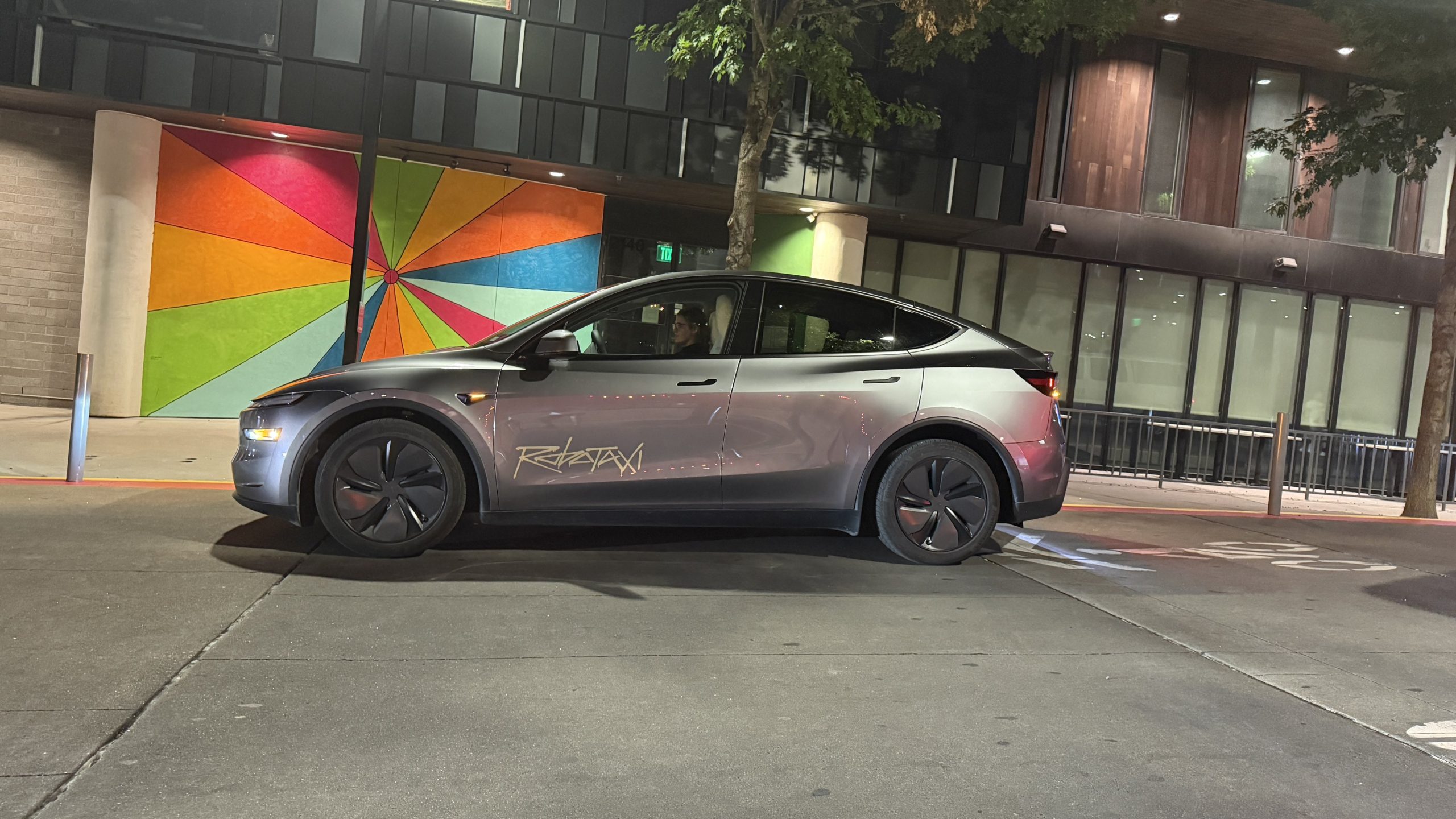
Elon Musk hinted at when Tesla could begin reducing Safety Monitors from its Robotaxis. Safety Monitors are Tesla employees who sit in the front passenger seat during the driverless rides, and are there to ensure safety for occupants during the earliest rides.
Tesla launched its Robotaxi fleet in Austin last Sunday, and after eight days, videos and reviews from those who have ridden in the driverless vehicles have shown that the suite is safe, accurate, and well coordinated. However, there have been a few hiccups, but nothing that has put anyone’s safety in danger.
A vast majority — close to all of the rides — at least according to those who have ridden in the Robotaxi, have been performed without any real need for human intervention. We reported on what was the first intervention last week, as a Safety Monitor had to step in and stop the vehicle in a strange interaction with a UPS truck.
Watch the first true Tesla Robotaxi intervention by safety monitor
The Tesla and UPS delivery truck were going for the same street parking space, and the Tesla began to turn into it. The UPS driver parallel parked into the spot, which was much smaller than his truck. It seemed to be more of an instance of human error instead of the Robotaxi making the wrong move. This is something that the driverless cars will have to deal with because humans are aggressive and sometimes make moves they should not.
The Safety Monitors have not been too active in the vehicles. After all, we’ve only seen that single instance of an intervention. There was also an issue with the sun, when the Tesla braked abnormally due to the glare, but this was an instance where the car handled the scenario and proceeded normally.
With the Robotaxi fleet operating impressively, some are wondering when Tesla will begin scaling back both the Safety Monitors and Teleoperators that it is using to ensure safety with these early rides.
CEO Elon Musk answered the inquiry by stating, “As soon as we feel it is safe to do so. Probably within a month or two.”
As soon as we feel it is safe to do so.
Probably within a month or two. We continue to improve the Tesla AI with each mile driven.
— Elon Musk (@elonmusk) June 30, 2025
Musk’s response seems to confirm that there will be fewer Teleoperators and Safety Monitors in the coming months, but there will still be some within the fleet to ensure safety. Eventually, that number will get to zero.
Reaching a point where Tesla’s Robotaxi is driverless will be another significant milestone for the company and its path to fully autonomous ride-sharing.
Eventually, Tesla will roll out these capabilities to consumer-owned vehicles, offering them a path to generate revenue as their car operates autonomously and completes rides.
For now, Tesla is focusing on perfecting the area of Austin where it is currently offering driverless rides for just $4.20 to a small group of people.
-

 News5 days ago
News5 days agoTesla Robotaxi’s biggest challenge seems to be this one thing
-
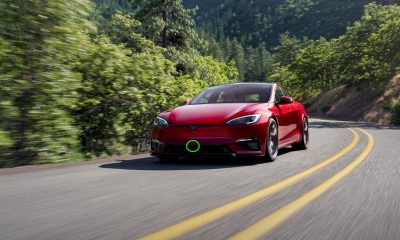
 News2 weeks ago
News2 weeks agoTesla confirms massive hardware change for autonomy improvement
-

 Elon Musk2 weeks ago
Elon Musk2 weeks agoElon Musk slams Bloomberg’s shocking xAI cash burn claims
-

 News2 weeks ago
News2 weeks agoTesla features used to flunk 16-year-old’s driver license test
-

 News2 weeks ago
News2 weeks agoTesla China roars back with highest vehicle registrations this Q2 so far
-

 News2 weeks ago
News2 weeks agoTexas lawmakers urge Tesla to delay Austin robotaxi launch to September
-

 News2 weeks ago
News2 weeks agoTesla dominates Cars.com’s Made in America Index with clean sweep
-

 News2 weeks ago
News2 weeks agoTesla’s Grok integration will be more realistic with this cool feature





















